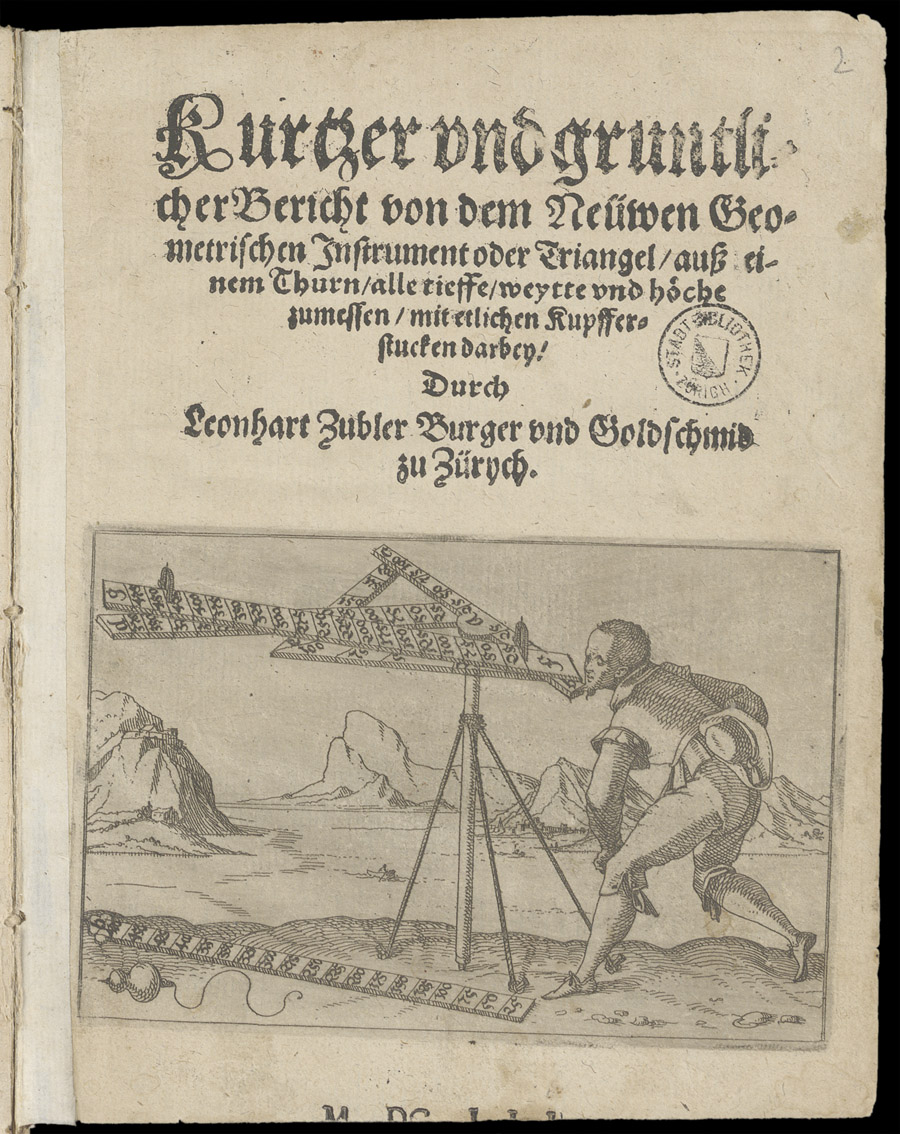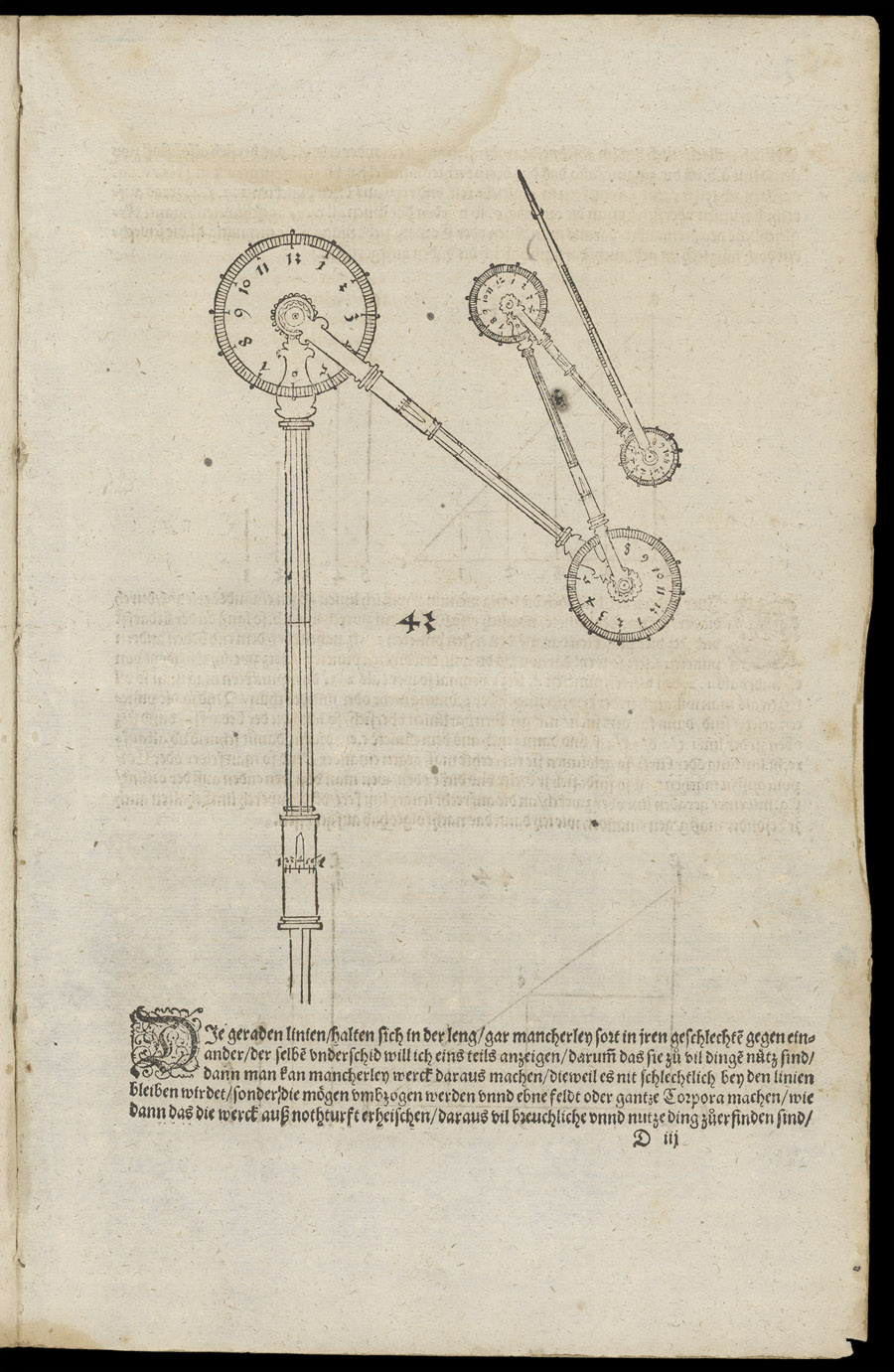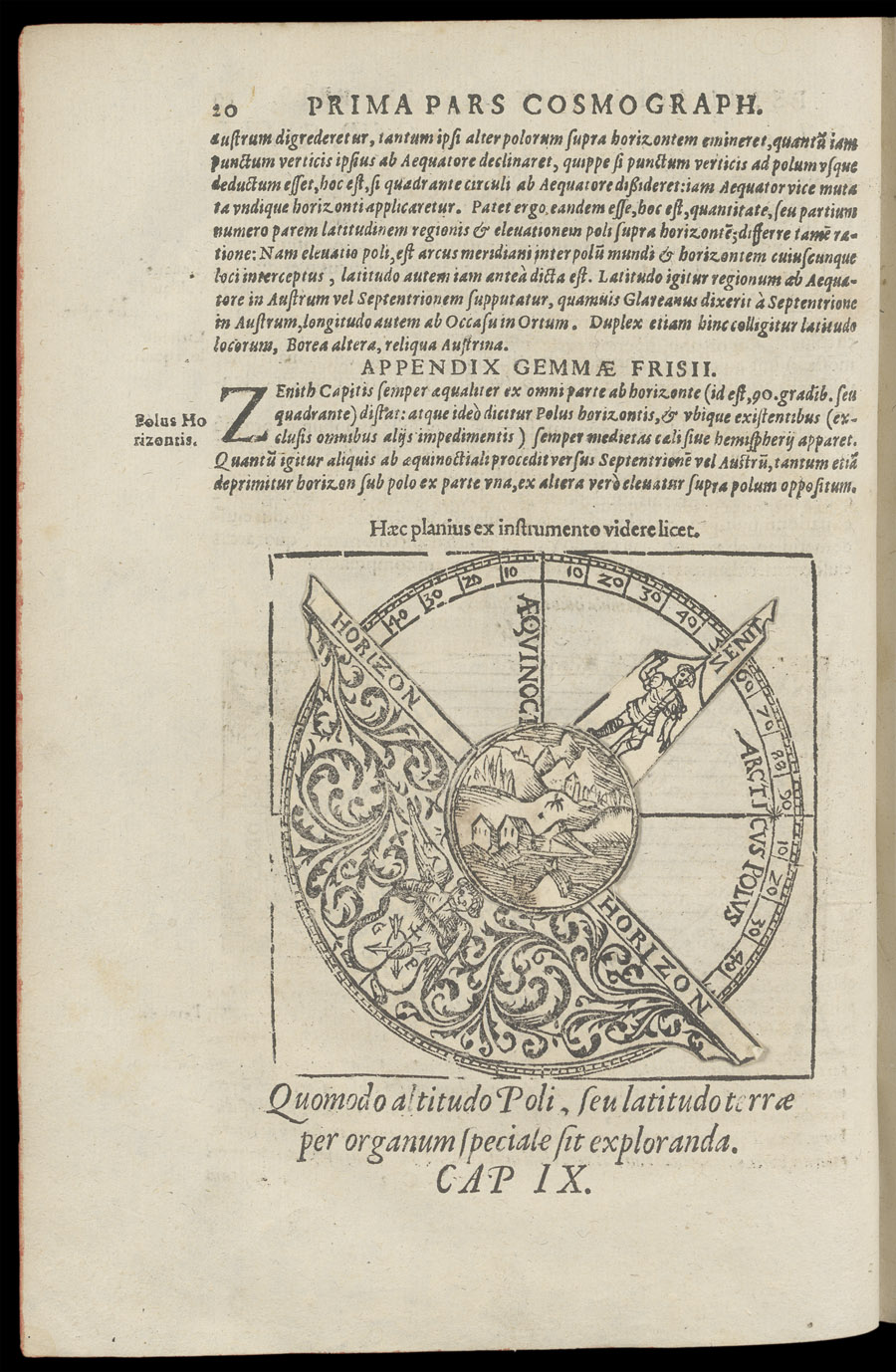
Leonhard Zubler, goldsmith and instrument maker in Zurich (1563-1609) used the magnetic needle for geographic measuring. See: Albert Kloss, Geschichte des Magnetismus (Berlin: vde, 1994), S. 92, here presentation of a new instrument, Leonhart Zubler, Kurtzer und gruntlicher Bericht von dem neüwen geometrischen Instrument oder Triangel, auss einem Thurn alle Tieffe, Weytte und Höche zu messen: mit etlichen Kupfferstucken darbey / durch Leonhart Zubler, Burger und Goldschmid zu Zürych (Zürych: Rudolff Weyssenbach, 1603), Zentralbibliothek Zürich, Alte Drucke und Rara, 18.564,2, Title.










